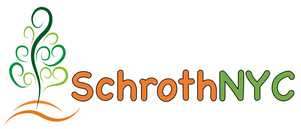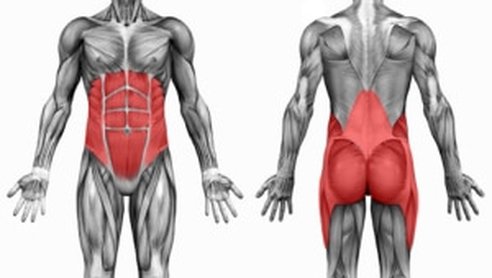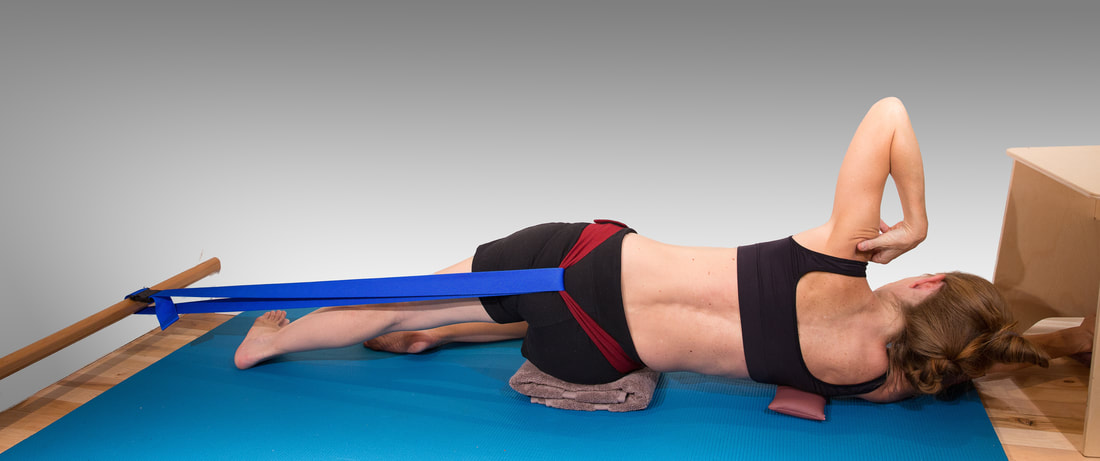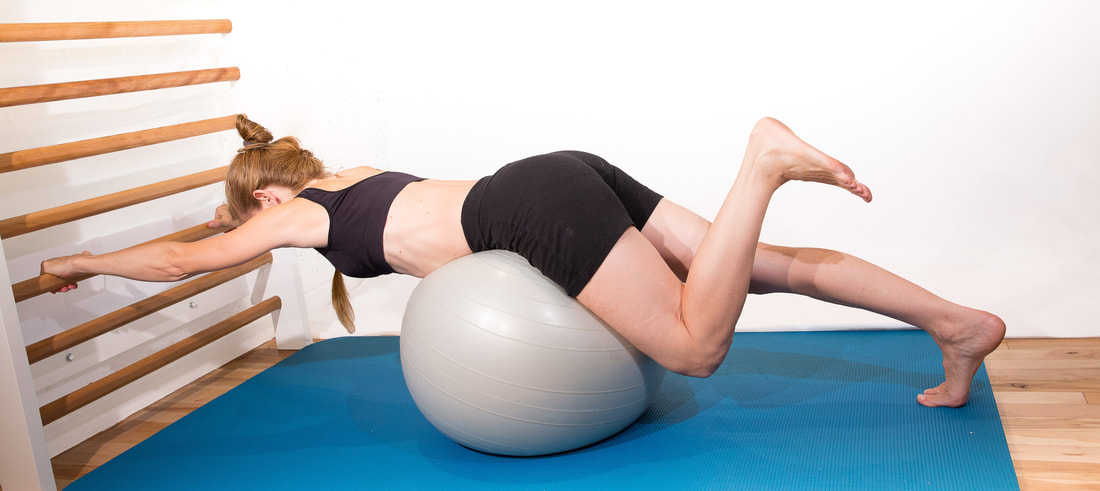Core Stability
What is the core and why it is important to have a strong core when I have back pain or scoliosis?
The area of the body, which is commonly referred to as the core, is your midsection and it involves all your muscles in that area including the front, back and sides. It is incorporated in almost every movement of the human body and act to give trunk stability and safe mobility.
The core consist of these group muscles:
Core stability is for everyone, especially if you suffer from knee or hip arthritis or had a surgery to replace these joints. Research has shown that training the core while rehabilitating the extremities is a more effective method of promoting recovery and increasing function than training only the extremities.
The core consist of these group muscles:
- Abdominal muscles, especially the transverse abdominis (also known as the lower abdomen) and the obliques
- Back extensors (superficials and deep)
- Hip muscles: the gluteus, the hip flexors, the hip external rotators
- Pelvic floor muscles
- Diaphragm
Core stability is for everyone, especially if you suffer from knee or hip arthritis or had a surgery to replace these joints. Research has shown that training the core while rehabilitating the extremities is a more effective method of promoting recovery and increasing function than training only the extremities.
A good core routine will target not just your abs but all the muscles that attach to the spine and pelvis including your obliques, glutes, lower back, pelvic floor and hip muscles as seen in the image on the left.
The muscles of the torso are typically the ones to come to mind when you think of your core, but they actually extend down into your legs. The core muscles of your upper body get support and assistance from your hip muscles. These include your hip flexors; abductors, along the outside of your thighs; and abductors, along the inside of your thighs. Even your hamstrings, which extend down the backs of your thighs, and your glutes -- together known as the hip extensors -- are considered core muscles. Without these muscles to assist the rest of your core, you'd find it difficult to sit down and stand up, lift heavy items or extend your legs.
There is no one “recommended” back care program for everybody. Each person’s individual goals, abilities, age, and medical history have to be taken into account. However, based on my own experience and professional knowledge of the spine, I can advise on safe exercises to improve core stability – thereby enhancing function and preventing injuries.
The muscles of the torso are typically the ones to come to mind when you think of your core, but they actually extend down into your legs. The core muscles of your upper body get support and assistance from your hip muscles. These include your hip flexors; abductors, along the outside of your thighs; and abductors, along the inside of your thighs. Even your hamstrings, which extend down the backs of your thighs, and your glutes -- together known as the hip extensors -- are considered core muscles. Without these muscles to assist the rest of your core, you'd find it difficult to sit down and stand up, lift heavy items or extend your legs.
There is no one “recommended” back care program for everybody. Each person’s individual goals, abilities, age, and medical history have to be taken into account. However, based on my own experience and professional knowledge of the spine, I can advise on safe exercises to improve core stability – thereby enhancing function and preventing injuries.
- Here are some advise core stability and strength exercises for patients with scoliosis or back weakness.
- Please sure that you are not in pain before you trying any of these exercises and I advice you to consult with your physical therapist before trying them as not all exercises are for everyone! and can actually harm you if your body is not ready.
- In the examples below, my great patient T (who have scoliosis and is in the Rigo brace) is demonstrating her core exercises routine, BUT I have to share with you that we are working together for close to 4 years and she gradually improved to this performance.



